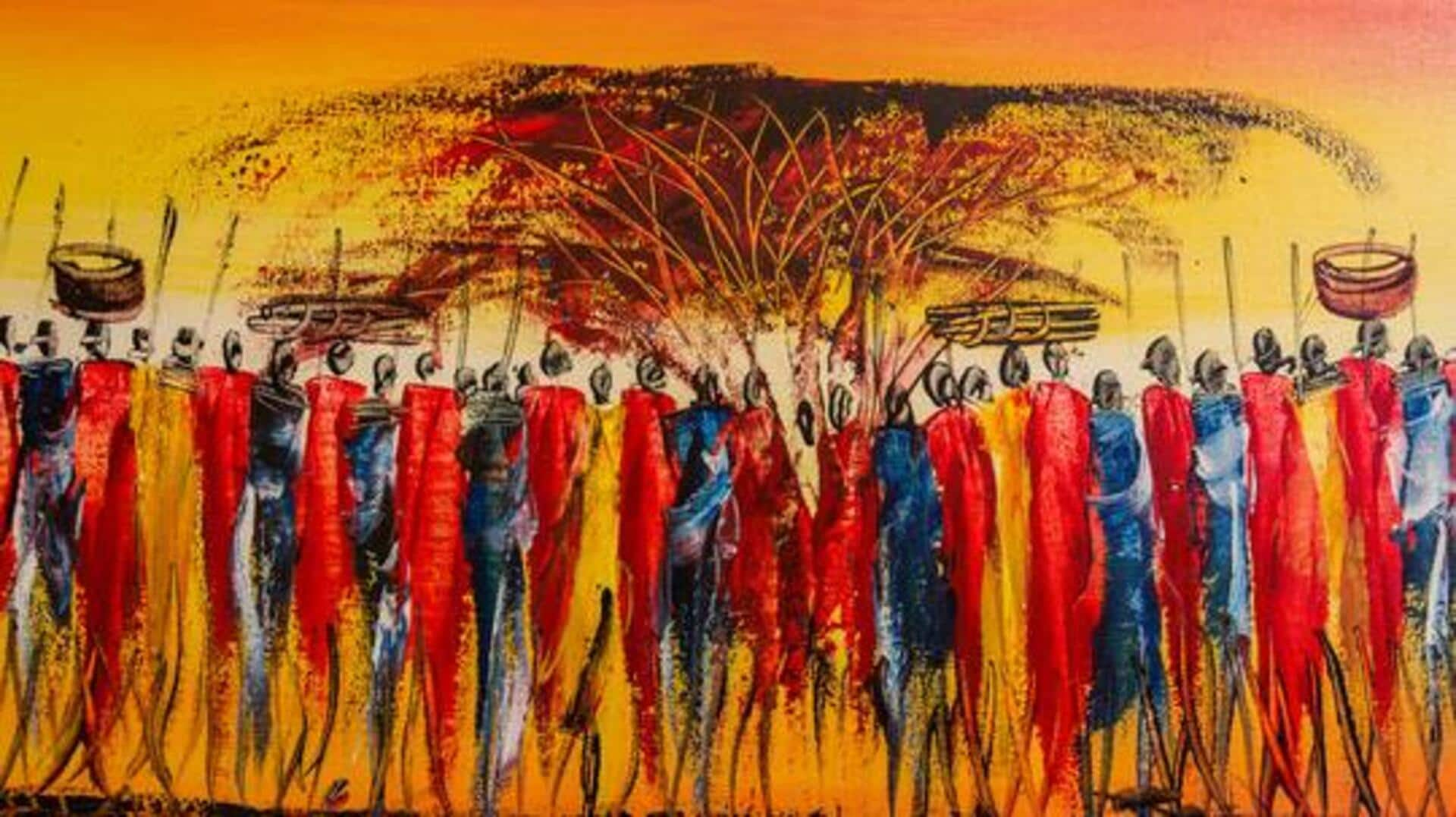
All about hand-painted mural art
What's the story
African hand-painted wall murals are a beloved art form, embodying the continent's rich cultural heritage. Seen in homes and public spaces, these murals are visually stunning. They narrate tales and keep history alive through intricate designs and vivid colors. They epitomize the African spirit of artistry, making them an eternal aspect of the continent's creative expression.
Community impact
Cultural significance in communities
African wall murals are integral to community identity. They frequently portray scenes of daily life, folklore, or history that strike a chord with local folks. These artworks create a sense of pride and belonging among community members by celebrating the experiences and values they share. In several regions, the making of these murals is a community effort that fortifies social bonds.
Artistic methods
Techniques passed through generations
The techniques for creating African hand-painted wall murals have been inherited through generations. Artists use natural pigments from plants and minerals to create vivid colors. Traditionally, brushes made from animal hair or plant fibers are used to paint on surfaces like clay or plastered walls. This painstaking process ensures that no two murals are alike.
Economic impact
Economic opportunities for artists
Notably, creating hand-painted wall murals opens up economic opportunities for artists across Africa. Many artists sell their work to tourists or exhibit them worldwide, earning income for themselves and their communities. Further, workshops on mural painting techniques draw tourists wanting to learn about this traditional art form, even as they boost local economies.
Conservation initiatives
Preservation efforts across Africa
Meanwhile, efforts are underway across Africa to preserve these valuable cultural assets for future generations. Organizations are working with local communities to document existing murals before they fade due to weathering or urban development pressures. Restoration projects aim at maintaining original designs while ensuring structural integrity, so that these artworks continue inspiring admiration globally without losing authenticity over time.